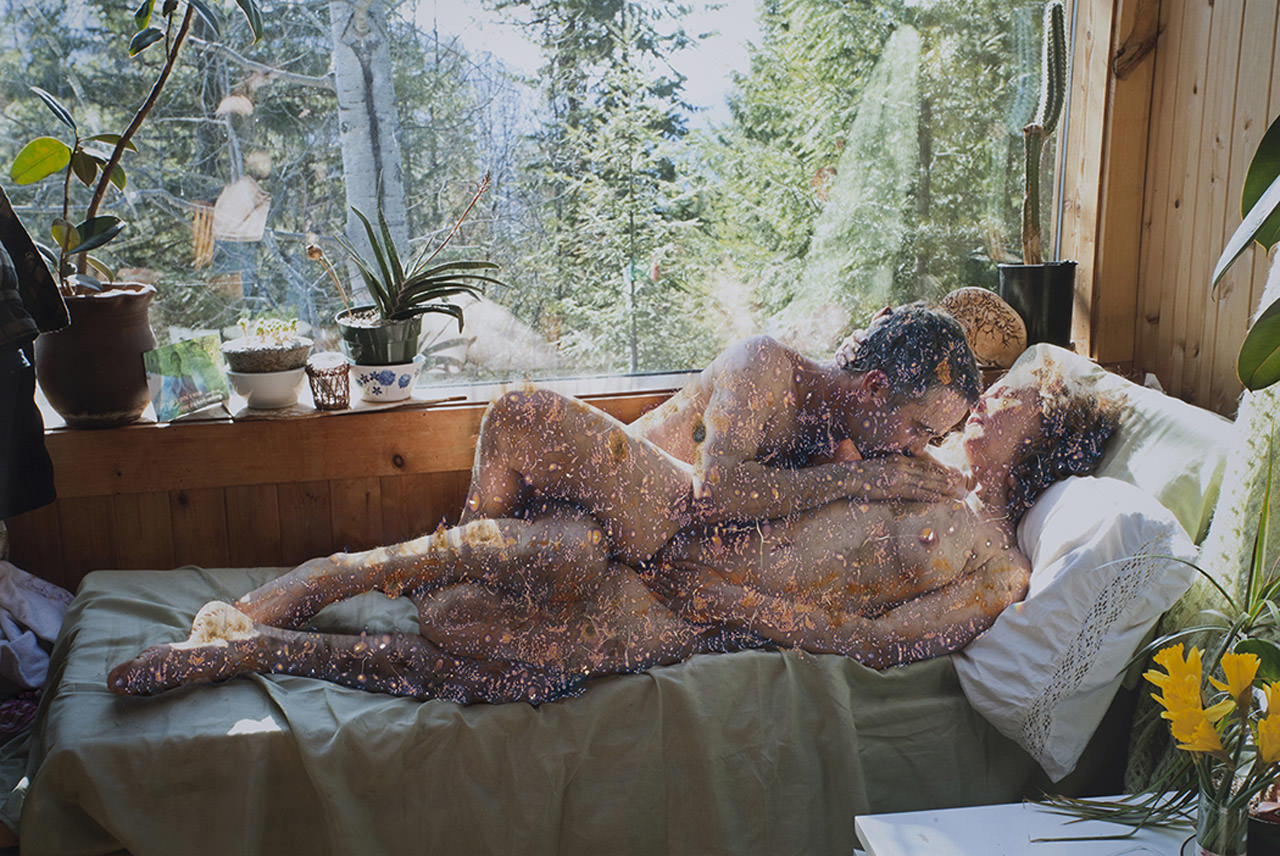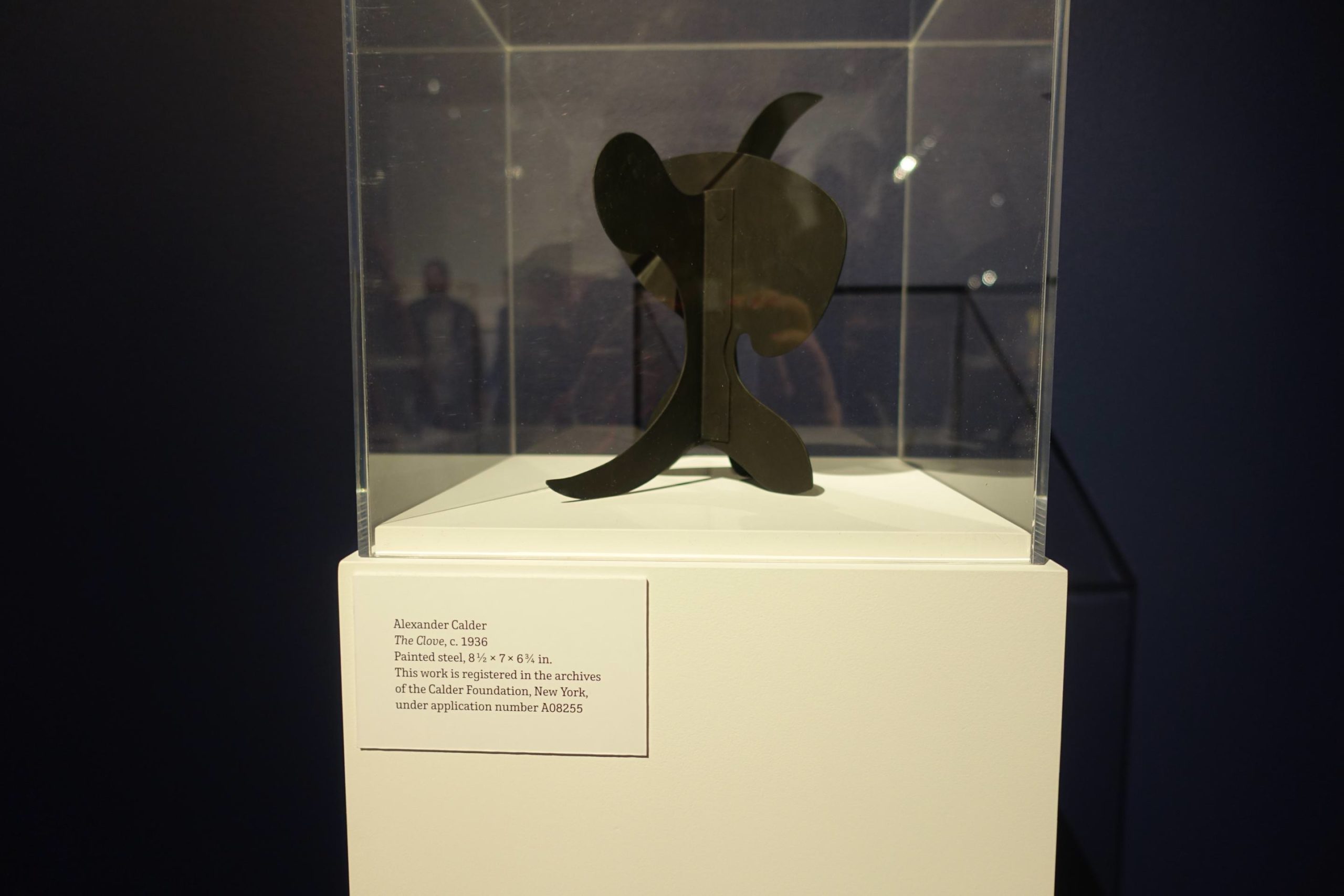“Landmark,” a group exhibition at the Julie Saul Gallery, explores the concept of the “natural landscape” with artists Sarah Anne Johnson, Alejandra Laviada, and Chloe Sells, all of who obstruct images of nature in order to show humanity’s impact on the environment. Johnson annotates her photographs with glitter, paint, and gold-leafing to make what is unseen visible, while Sells manipulates her prints in the darkroom. For Laviada’s latest series “Forest Intervention,” she painted abandoned water pipes vivid hues of magenta, indigo and topaz, highlighting the deconstruction of the irrigation system. We caught up with Laviada to talk about her new series.
WHITEWALL: The discarded pipes are painted such striking colors. How did you decide on the color scheme?
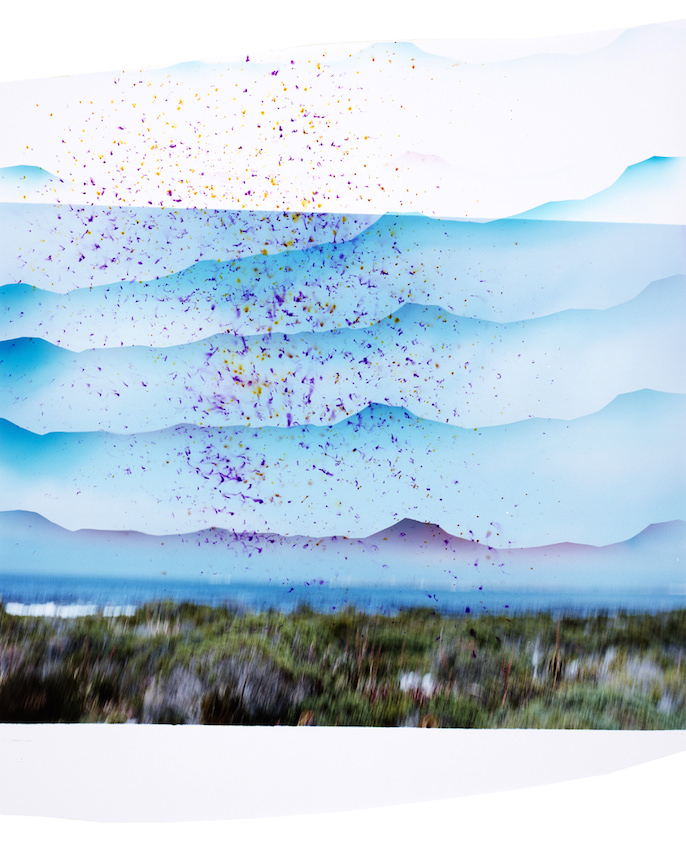
Ms. Canthus
2014
ALEJANDRA LAVIADA: My idea was to impose the pipes in a way that would make them stand out and become visible again, and color seemed like an effective way to achieve this.
I was accustomed to working with color against a neutral background in my previous work (all shot indoors), and I had to consider how color interacts differently with the environment. Since architecture interacts with the landscape similarly, I turned to Ricardo Legorreta’s work for inspiration. I really love his work, and since color was such an important element in his architecture, I based my color scheme on the sites I had visited and experienced.
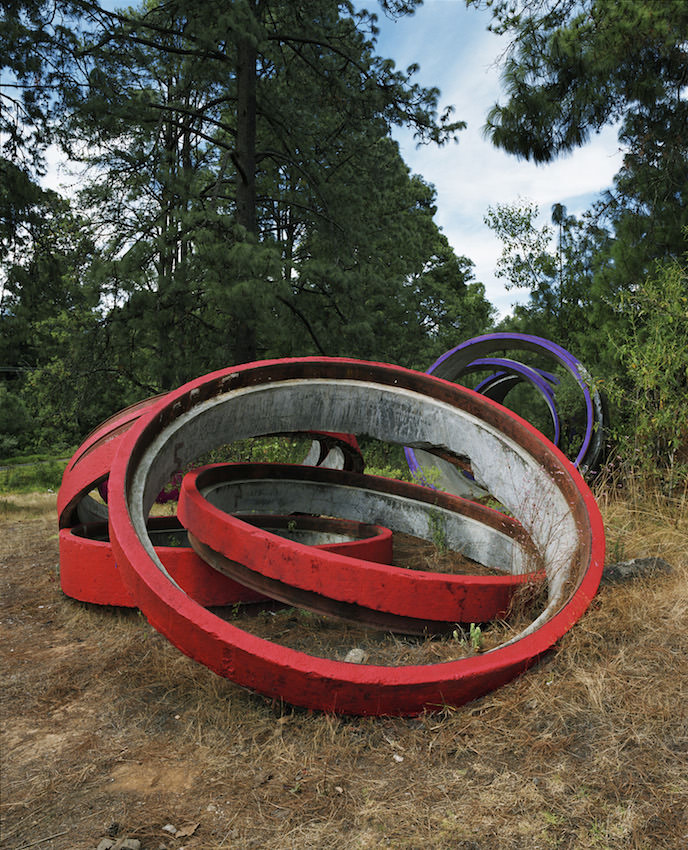
unique chromogenic print 36 x 30”
WW: How did Legorreta become such an inspiration?
AL: Legorreta was my mentor and a very close family friend, so his work and legacy influenced me greatly. I grew up in one of his houses, and was fortunate to spend many weekends in his company at my parent’s country home, which is very close to this site. I got to know his architecture well, and was always stunned at how he used color and space to create different emotions in his architecture.
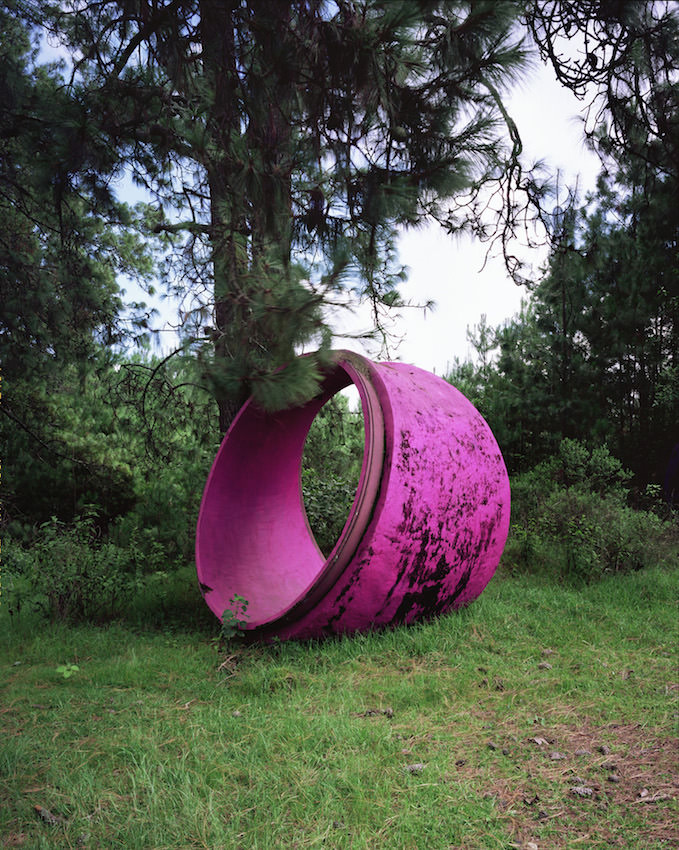
© Chloe Sells, Courtesy Julie Saul Gallery, New York
Legorreta passed away shortly before I started this project, and in my own way, these images are an homage to his memory.
WW: What happened to the Cutzamala irrigation system?
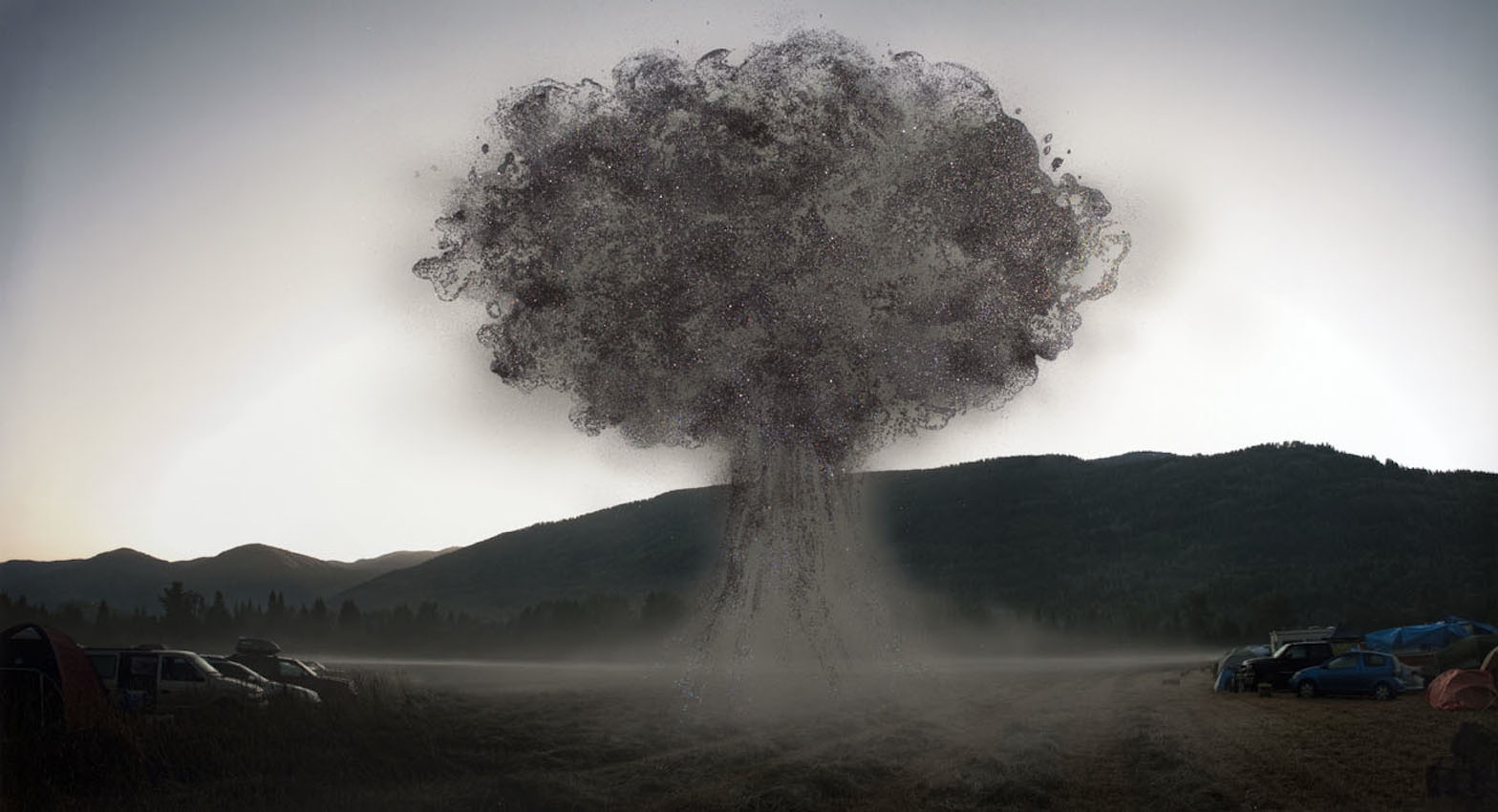
Chloe Sells
AL: The Cutzamala System was built in stages from the late 1970s to the late 1990s to transfer about 20% of the water supply from the Cutzamala River to Mexico City. It is a very complex system that is still in use today.
I’m not sure why some of these pipes were left abandoned, but I know that they have been there for over 30 years, which is why some of them are barely visible.

Moth’s Breath
WW: What do you think makes an interesting modern landscape photograph?
AL: I find it interesting when the landscape has somehow intervened. I see the intervention as a way of appropriating the landscape and making it your own; giving it a personal voice and allowing it to speak differently from the rest. But of course, this comes from a personal interest in interventions of any kind!
WW: In your previous work, you document your interventions in spaces that are in the process of demolition or reconstruction. What draws you to these sites?
AL: I like the transitional nature of things and the inevitable cycle of decay that accompanies it. It reflects a city that is growing and transforming every day, and in the process, new buildings grow old very fast and old buildings are left abandoned, modern ruins replace old ones and stand as empty monuments of progress. Photographs are a way of stopping time, of capturing the in-between stage of things, that fleeting moment when the past and present collide momentarily.
I’m drawn to these abandoned pipes in the same way that I’m drawn to other sites or objects that exist suspended in time and temporarily forgotten.
WW: Are you working on any other upcoming projects?
AL: Yes, I’m very excited with a new project that brings together many of the ideas I’ve been working on with my previous work. I’m photographing pieces of wood (some recycled from demolition sites) in my studio, and constructing images through multiple exposures. The images are very 3 dimensional, and combine notions of sculpture, painting, and collage. I’ve been looking at the work of Lazslo Moholy-Nagy a lot, particularly his paintings which I’ve rediscovered with this work.
“Landmark” will be on view at the Julie Saul Gallery in New York through August 15.





